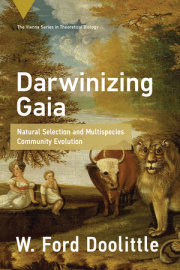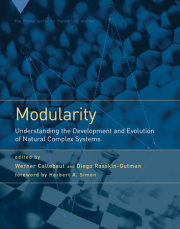Preface
Introduction: Levels of Organization: The Architecture of the Scientific Image
1: Levels, Robustness, Emergence, and Heterogeneous Dynamics: Finding Partial Organization in Causal Thickets
2: Levels of Organization as Tool and Doctrine in Biology
3: Our World Isn't Organized into Levels
4: Levels, Nests and Branches: Compositional Organization and Downward Causation in Biology
5: Levels, Perspectives and Thickets: Toward an Ontology of Complex Scaffolded Living Systems
6: Integrating composition and process in levels of developmental evolution
7: Manipulating Levels of Organization
8: The Origin of New Levels of Organization
9: Downward Causation and Levels
10: Cancer beyond genetics: On the practical implications of downward causation
11: Multiscale Modeling in Inactive and Active Materials
12: Using Compositional Explanations to Understand Compositional Levels: An Integrative Account
13: Functional Kinds and the Metaphysics of Functional Levels: In What Sense Are Functionally Defined Kinds and Levels Non-Arbitrary?
14: Control Hierarchies: Pattee's Approach to Function and Control as Time-Dependent Constraints
15: Phenomenological Levels in Biological and Cultural Evolution


























